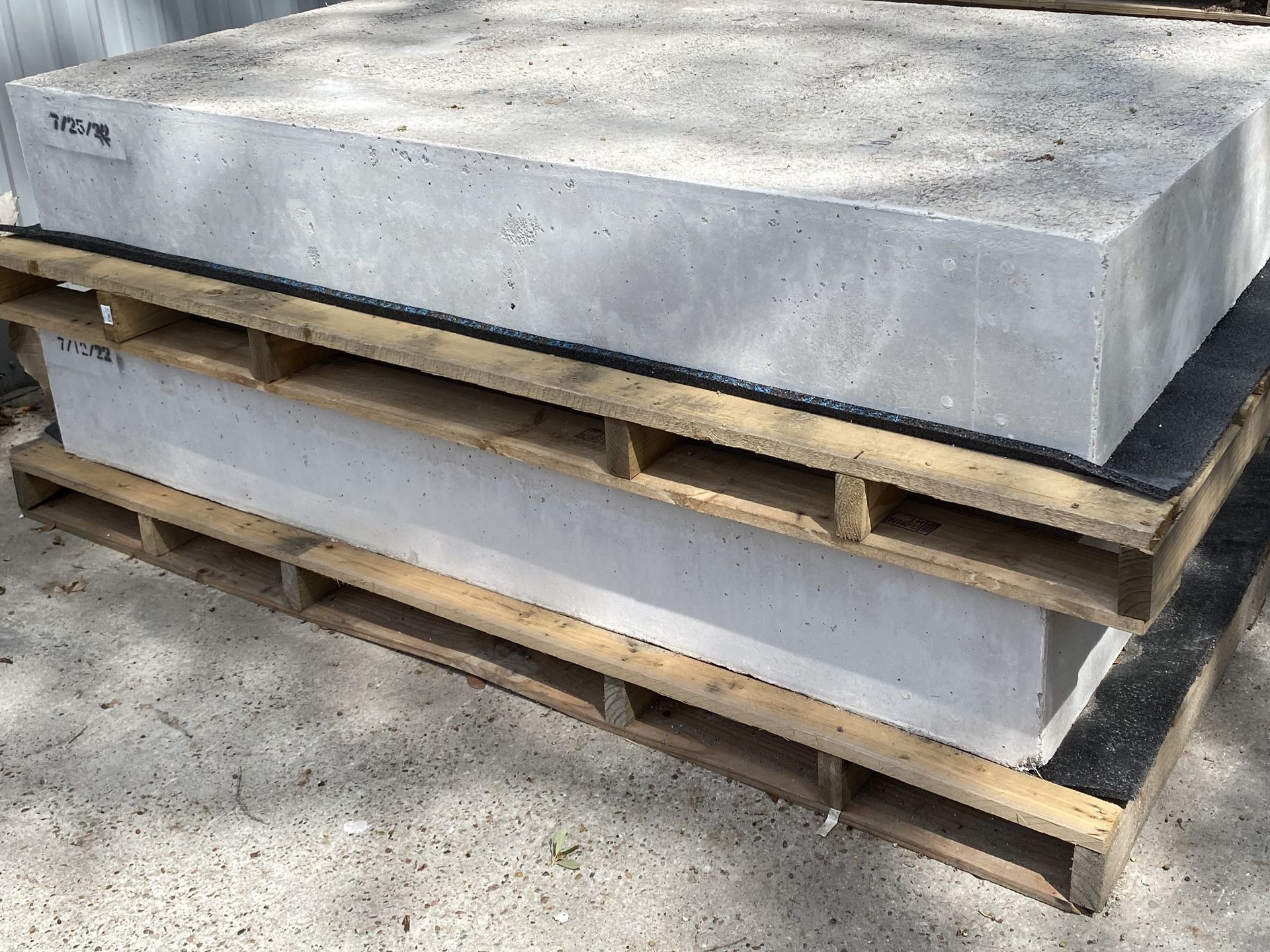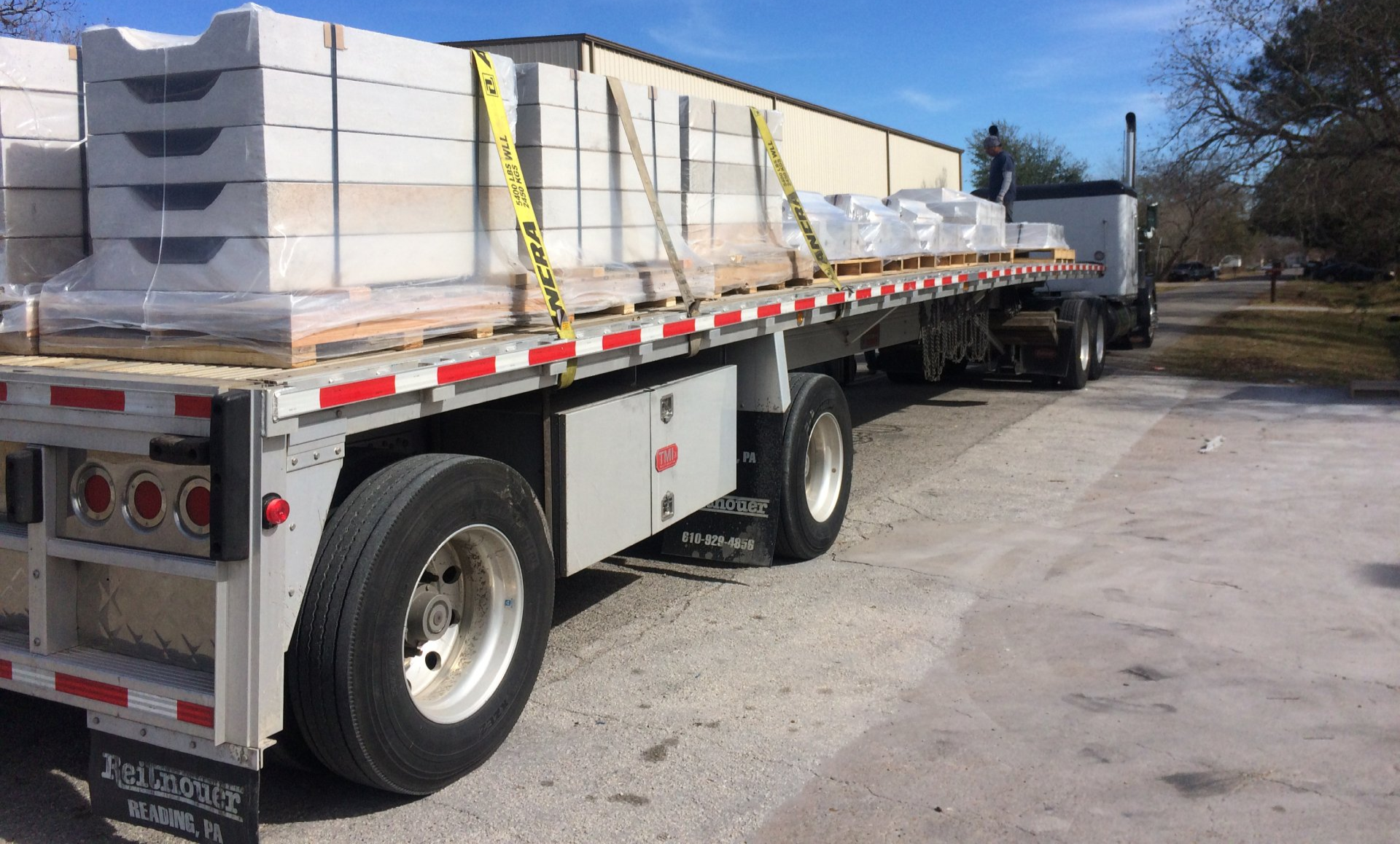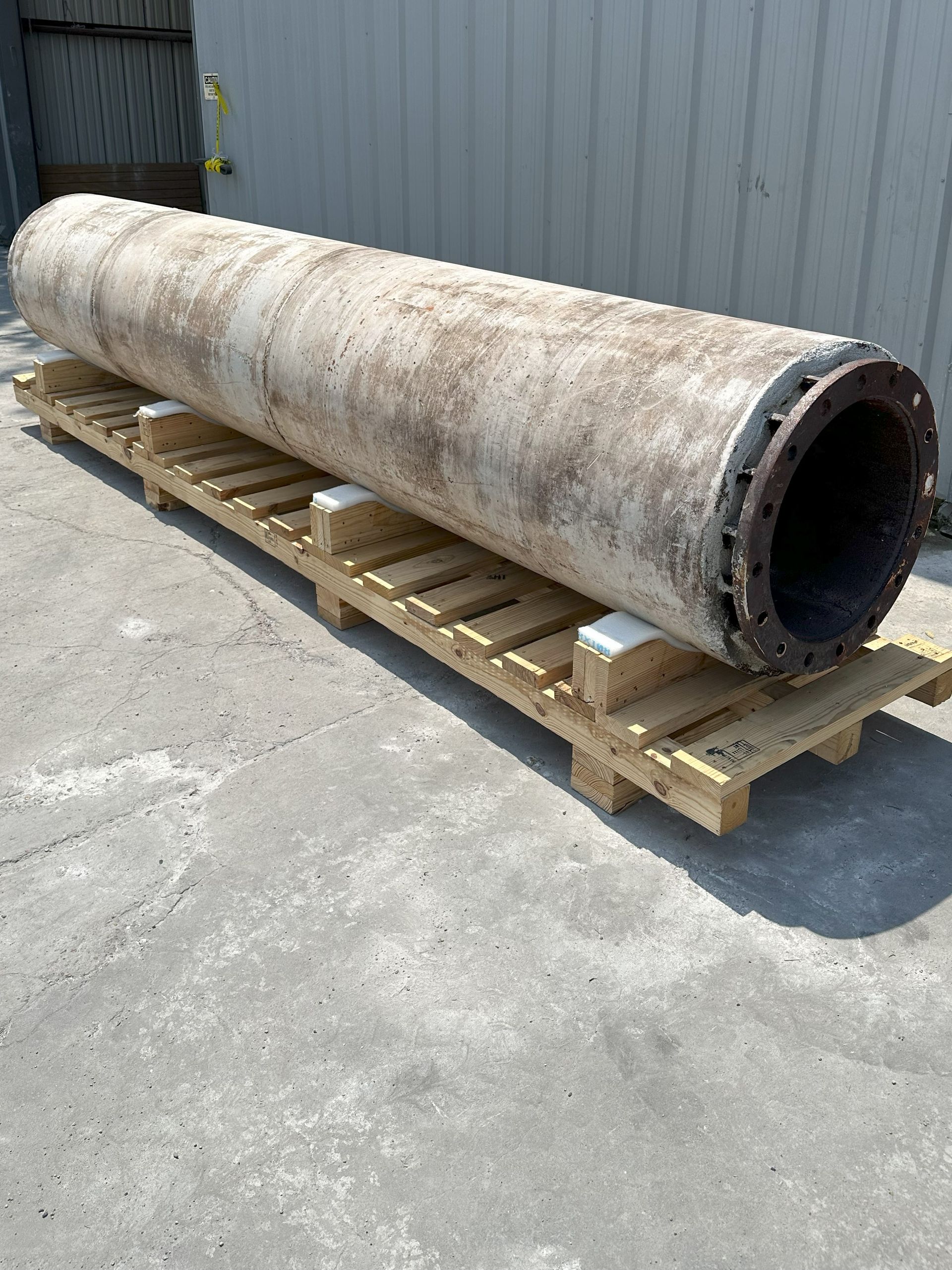CUSTOM PRECAST REFRACTORY SHAPES
At TFL, we develop custom precast refractory shapes for all types of industrial furnaces and kilns. Our specialty pre-fired shapes are used in a wide range of industries as varied as forge, heat treat, steel, aluminum, and lumber.
It can be surprisingly easy to switch over from the “old way” of forming and casting refractory in the field to the use of a precast refractory shape system. Incorporating precast shapes into a project can offer tremendous advantages over linings placed with traditional installation methods.
We tailor each custom-engineered precast shape to meet your specific high temp project needs. We can vary shapes, sizes, configurations, and materials to meet your requirements.
TFL can produce virtually any precast refractory shape. We routinely manufacture a variety of precast shapes which can range in weight from just a few dozen pounds to several thousands of pounds. While we do have a few standard shapes, most of our products are customized designs, made to fit a specific need or application for a client.
There are several parameters to consider that impact the choice and performance of refractory in your industrial furnace or kiln. We work with you to understand your needs and the unique demands of your process to create the best precast design.
Parameters to consider include:
- The process environment and operating conditions
- Thermal demands
- Available refractory materials appropriate to the application
- Options for anchoring systems
- Dimensional tolerances required
- Construction sequencing
- Job accessibility
- Lifting and handling limitations at the project site
In addition, we have full custom mold-making capabilities. Our team creates custom refractory molds to precise specifications. We fire each shape in one of our two large furnaces for superior performance. Our facilities feature state-of-the-art equipment, including:
- CAD-generated drawings
- High-energy, large-capacity mixers
- Furnaces for controlled bake out
- Variable-speed vibration tables
Refractory Materials for Custom Shapes
Our team has extensive knowledge of refractory shape design and construction, including material selection. High-quality materials help support our exacting quality standards. We manufacture our precast shapes from a variety of top-quality materials, selected to meet the demands of specific applications. For those especially demanding applications, we also employ our
HyFIBER technology, designed for those applications where ultimate toughness, abrasion resistance, and thermal shock resistance are required.
Industries Served
No matter the industry or type of furnace, precast shape technology can likely be applied. If you can dream it, we can build it! Throughout our decades as a precast refractory shape manufacturer, we've adapted precast solutions to meet the needs of most refractory applications. We routinely produce durable precast refractory shapes for a wide range of industries, including Forge, Heat Treat, Cement, Industrial, Aluminum and Steel.
Benefits of Custom Engineered Precast Shapes
Benefits to be realized from the use of precast refractory shapes are related to simplified installation and repair logistics, which can lead directly to reduced costs and shorter down times. With the use of precast shapes, forming labor, materials, equipment costs, actual placement time and expense, and associated costs during form removal, curing, and cleanup are all eliminated. These costs are shifted back to the manufacturer of the shape, who can absorb them much more efficiently when spread over his overall production capacity.
Refractory installation contractors have begun to consider precast refractory shapes much like they do any other pre-manufactured item such as block insulation, ceramic fiber blanket, anchors, etc. These items can be bought and then re-sold as a component of their installation projects.
Whenever any portion of refractory repair work can be completed prior to crews being on site, costs are automatically reduced. Installation contractors have also found that the use of precast shapes can often give them a substantial advantage in competitive bid situations. With the use of precast shapes, crew sizing can be minimized. Speed of installation is another obvious benefit to both the installer and the owner, resulting in reduced costs due to shorter job duration. Material usage is also reduced, when compared to other installation methods such as Gunite, where as much as 45% extra material is required to compensate for rebound and other job losses. Environmental hazards such as dusting and tripping hazards associated with equipment and hoses are also reduced substantially, if not eliminated.
Future repairs will also become much more economical and quicker to accomplish. Repair areas can often be isolated to just the immediate wear area within the boundaries of a shape. Anchor attachment points can typically be reused. Replacement shapes, purchased early and kept as spare parts on site, can be easily installed in a fraction of the time required for conventional repair methods. Repairs become more of a mechanical maintenance job, rather than a refractory installation job requiring a specialized crew and equipment.
Interested in our services? We’re here to help!
USEFUL LINKS
CONTACT US
All Rights Reserved | TFL Incorporated





